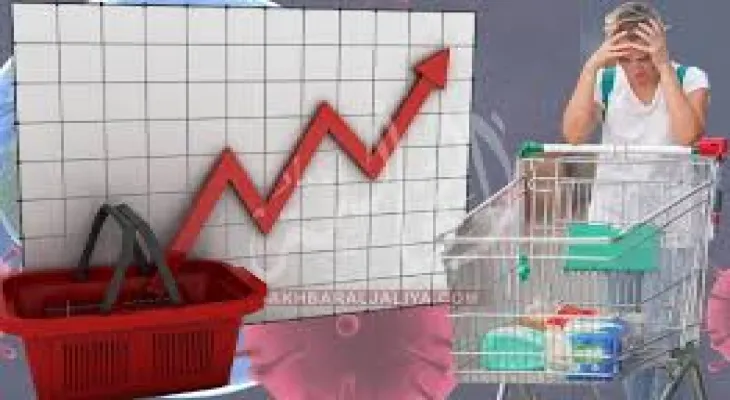Search here
Newspaper
Search here

Arab Canada News
News

Published: April 27, 2022
Washington - The World Bank says that commodity prices, which reached historically high levels due to the war in Ukraine, will remain high until the end of 2024.
The agency's Commodity Market Outlook report issued on Tuesday says that energy, food, and fertilizer prices have suffered the biggest commodity shock since the 1970s.
Endermit Gill, Vice President of the World Bank for Equitable Growth, Finance, and Institutions, stated: "The shock has been exacerbated by increased restrictions on the trade of food, fuel, and fertilizers."
Energy prices, which have seen the largest increases over the past two years since the 1973 oil crisis, are expected to rise more than 50 percent in 2022 before declining in 2023 and 2024.
Brent crude prices are expected to fall to $92 in 2023 — still much higher than the five-year average of $60 per barrel.
European natural gas prices are expected to be twice as high in 2022 as they were in 2021, while coal prices are expected to rise by 80%, with both prices reaching their highest levels ever. The rise in natural gas prices pushes fertilizer prices up and pressures agricultural product prices.
Non-energy prices, including agriculture — for which Russia and Ukraine are major producers — and metals, are expected to rise by nearly 20 percent in 2022.
Commodity prices are expected to remain much higher than the average of the last five years.
The World Bank added that a prolonged war or additional sanctions on Russia could raise prices further and make them more volatile than currently expected.
Eihan Kous, the director of the group that produced the report, added: "Commodity markets are suffering one of the biggest supply shocks in decades due to the war in Ukraine."
"The resulting increase in food and energy prices causes significant human and economic losses — and is likely to halt progress in reducing poverty. Rising commodity prices exacerbate already high inflationary pressures worldwide."
Wheat prices are expected to rise by more than 40 percent, reaching their highest level ever this year. This will put pressure on developing economies that rely on wheat imports, especially from Russia and Ukraine.
Metal prices are expected to rise by 16 percent in 2022 before declining in 2023 but will remain at high levels.
The report said that high prices threaten to hinder or delay the transition to cleaner forms of energy, with many countries announcing plans to increase fossil fuel production, while rising metal prices raise the cost of renewable energy.
Comments